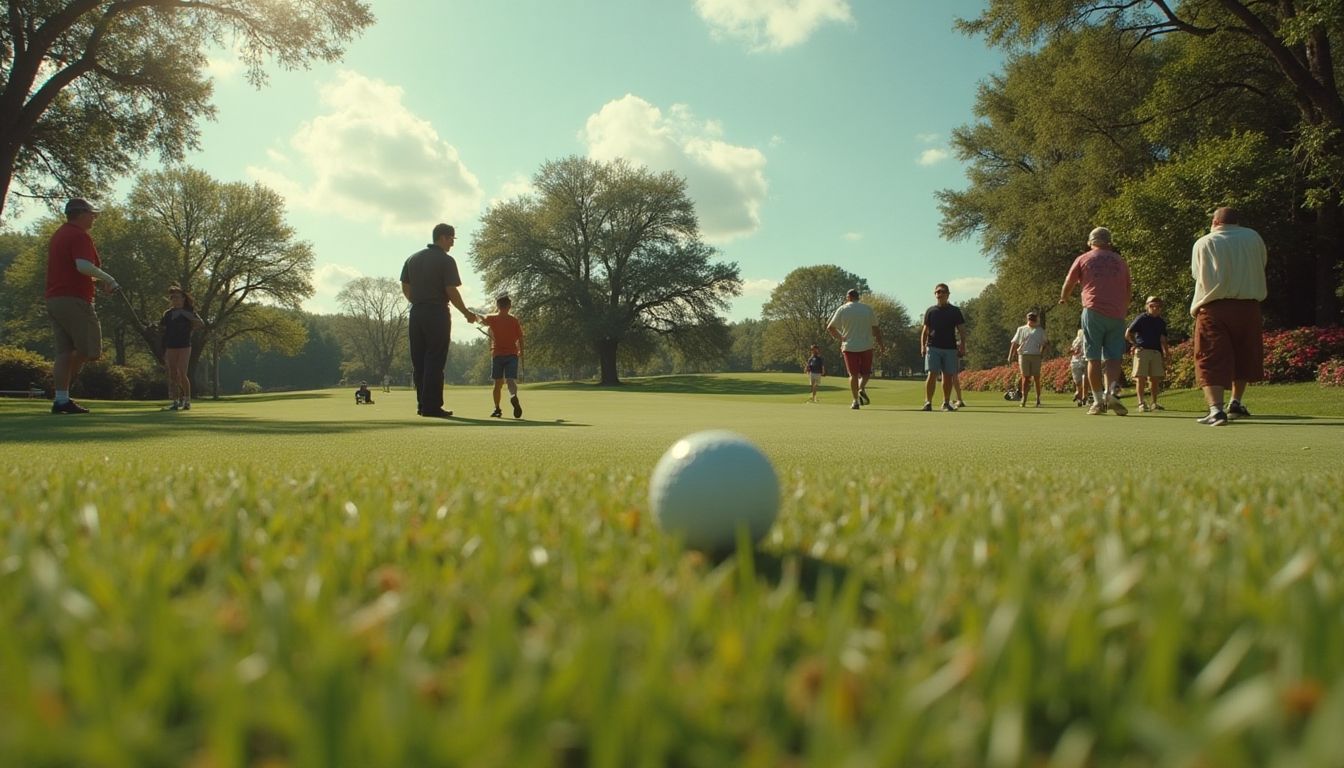Table of Contents
Nostalgia has a unique power in the cinematic world, drawing us back to the characters and stories we love. Adam Sandler’s much-anticipated return in Happy Gilmore 2 doesn’t just rekindle the joy of the original film; it also offers a fresh twist on a beloved character. This sequel captures the heart of its predecessor while giving it a modern spin, inviting both longtime fans and newcomers to dive into the hilarity and chaos that Sandler does so well.
Reviving a Classic Character
Happy Gilmore 2 is a brilliant homage to nostalgia, seamlessly capturing the essence of the original while taking the story in new directions. The film kicks off with a nostalgic flashback showcasing Happy Gilmore’s past triumphs—his marriage to Virginia and his rise in the golf world. However, this picture-perfect life takes a dark turn when he loses his wife, sending him spiraling into a world of despair. Sound familiar? It’s the classic underdog tale, where the hero must battle not only external foes but also his internal demons.
As Happy’s journey unfolds, we watch him transform from a celebrated golfer into a disheveled stockboy grappling with alcoholism. The film deftly highlights this fall from grace, showcasing Sandler’s knack for balancing laugh-out-loud moments with deeper, more poignant scenes. Despite the tragedy, Happy remains relatable; after all, who among us hasn’t faced some of life’s tough challenges?
Modern Challenges and Comedic Resurgence
Now at 58 years old, Happy Gilmore is on a mission to reclaim his former glory—not just for himself, but to support his daughter’s dreams. The film introduces a fresh take on golf, weaving in contemporary elements that echo today’s society. Enter the Maxi Golf League, which features quirky, absurd twists on the game that provide a hilarious backdrop for Happy’s comeback. This satirical look at modern sports adds depth to the comedy, allowing audiences to connect with the story on various levels.
With clever writing from Sandler and Tim Herlihy, the humor strikes a chord with both loyal fans and those new to the franchise. Who could resist a training montage set to Foreigner’s “Juke Box Hero”? It perfectly captures the spirit of 80s nostalgia while emphasizing the universal theme of perseverance. Happy’s path to redemption is sprinkled with humor, proving that even serious moments can find room for laughter.
Cameos and Cultural References
One of the highlights of Happy Gilmore 2 is the treasure trove of cameos that enrich the viewing experience. The return of familiar faces—like Ben Stiller’s character from the original—adds layers of humor and nostalgia. Each cameo not only reminds us of the film’s legacy but also fits seamlessly into the plot, providing comic relief and enhancing the nostalgic vibe.
Moreover, the film cleverly weaves in cultural references that resonate across demographics. From the quirks of modern golf to the ups and downs of family life, the humor is diverse and engaging. This level of connection is crucial in a sequel, as it helps bridge the gap between generations and sparks shared experiences and conversations.
Conclusion: A Timeless Tribute to Comedy
Ultimately, Happy Gilmore 2 stands as a testament to Adam Sandler’s lasting appeal and the timeless nature of the character he brought to life. The film skillfully blends nostalgia with contemporary themes, creating a narrative that speaks to audiences young and old. It reinforces the idea that while the world may change, the essence of comedy remains constant: laughter, resilience, and the triumph of the human spirit. As Happy embarks on this new chapter, viewers are reminded that even amid adversity, humor can serve as a powerful tool for healing and connection.


